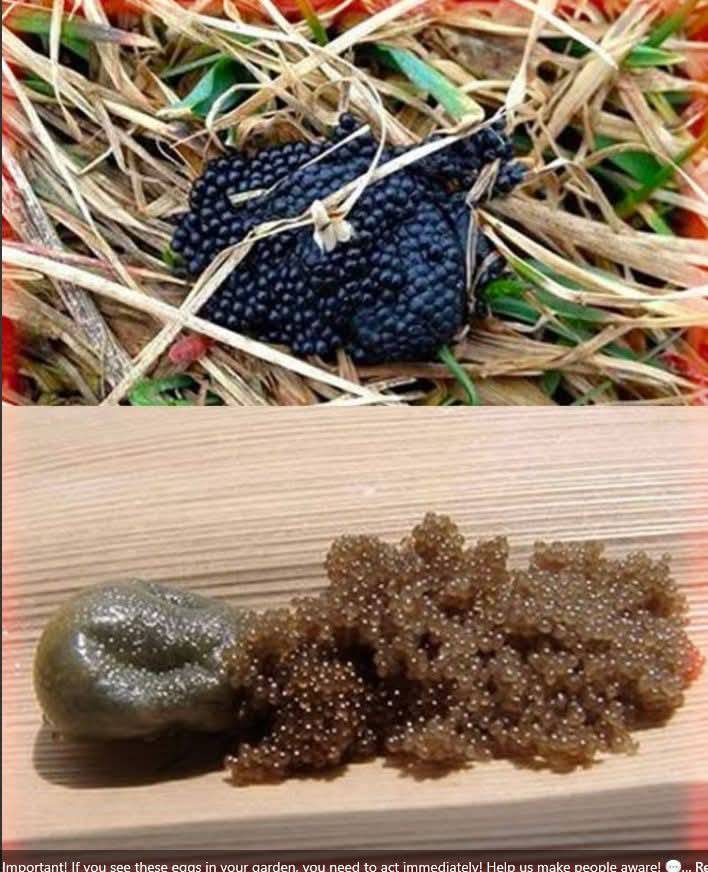Introduction
Ticks are more than just an annoying nuisance; they are tiny pests with the potential to cause serious health issues for both humans and pets. These parasites are known carriers of diseases such as Lyme disease, Rocky Mountain spotted fever, and Ehrlichiosis, among others. The real danger, however, lies in their reproductive capability. A single female tick can lay thousands of eggs in your backyard, setting the stage for an infestation if left unchecked.
Understanding how to detect and control tick eggs is essential for preventing a small issue from becoming a big problem. In this comprehensive guide, we’ll teach you how to identify tick eggs, eliminate them, and adopt preventative measures to ensure your yard remains a safe, tick-free space for you and your family.
What Do Tick Eggs Look Like?
Tick eggs are often overlooked because of their tiny size, but recognizing them is the first step toward prevention. Female ticks lay their eggs in sheltered, moist, and shady areas. A single clutch may contain up to 5,000 eggs, which are usually:
- Oval or round in shape
- Shiny, almost gelatinous in appearance
- Pale white, off-white, or light brown in color
- Laid in clusters the size of a dime or smaller
- Found attached to leaves, underbrush, or even wooden fencing
The eggs typically hatch within two to four weeks, depending on environmental conditions. Early intervention is key.
Step-by-Step: How to Detect Tick Eggs in Your Yard
1. Dress Appropriately
Before heading into tick territory, protect yourself:
- Wear light-colored clothing so ticks are more visible
- Cover your skin with long pants and sleeves
- Tuck pants into socks and shirts into pants
- Use tick repellent on your clothes and exposed skin
2. Scout Common Tick Habitats
Ticks and their eggs thrive in the following conditions:
- Tall grasses and weeds: Especially around the edges of the yard
- Leaf litter and mulch beds: These provide a moist hiding spot
- Shady wooded areas or near tree stumps
- Fence lines and yard perimeters: Places where wild animals may enter
Using a magnifying glass, closely inspect these areas. Look for tiny clusters of tick eggs on the undersides of leaves or nestled in thick vegetation.
3. Check High-Risk Zones
In addition to natural vegetation, ticks can also lay eggs near:
- Pet houses and sleeping areas
- Compost piles
- Woodpiles
- Bird feeders or wildlife feeding stations
How to Safely Remove and Destroy Tick Eggs
Once you’ve identified tick eggs, immediate action is required. Here’s how:
1. Manual Removal
- Carefully scoop or pick up the debris (leaf, twig, etc.) holding the eggs.
- Place the material into a sealed container or ziplock bag.
2. Destroy the Eggs
You can dispose of the eggs using one of the following methods:
- Burning: Place the egg-filled debris into a burn barrel or fire pit and incinerate. Be cautious—never start a fire near flammable materials or dry grass.
- Drowning: Submerge the sealed bag in soapy water for at least 24 hours. Then dispose of it in the trash.
Natural and Chemical Tick Control Methods
After removing the visible eggs, take the following steps to prevent new infestations:
1. Apply Tick Control Sprays
- Choose pet-safe and environmentally friendly products.
- Natural sprays such as those made with cedar oil, neem oil, or eucalyptus oil work well and are safe for most pets and plants.
- Spray around yard edges, fence lines, bushes, and any shaded moist areas where ticks hide.
2. Use Diatomaceous Earth (DE)
- DE is a fine powder made from fossilized algae that dehydrates and kills ticks.
- Sprinkle around the yard perimeter, pet bedding, and any high-risk zones.
- Reapply after heavy rain or watering.
3. Flame Treatment
- A small, hand-held torch can be used to singe stubborn egg clusters on non-flammable surfaces like rocks or patio edges.
- Safety tip: Never use open flames in wooded areas or near dry vegetation.
Ongoing Maintenance to Prevent Tick Eggs
Keeping your backyard tidy and tick-resistant is just as important as treatment.
1. Regular Lawn Care
- Mow your lawn weekly and keep grass no higher than 3 inches.
- Edge around sidewalks and flower beds to eliminate hiding spots.
2. Remove Leaf Litter and Debris
- Rake regularly, especially in the fall and spring.
- Dispose of compost or mulch away from the house and pet areas.
3. Trim Shrubs and Trees
- Prune low-hanging branches and keep shrubbery neat.
- Let sunlight reach the soil to reduce humidity—ticks hate dry, sunny environments.
4. Create Tick Barriers
- Lay mulch, gravel, or wood chips around the yard’s edge.
- This acts as a dry barrier that discourages ticks from crossing over from wooded areas.
Natural Tick-Repelling Plants
Incorporating certain plants into your landscaping can help deter ticks naturally. These include:
- Lavender – Its fragrance repels ticks and smells great!
- Rosemary – Useful in cooking and as a deterrent.
- Lemongrass – Contains citronella, a known insect repellent.
- Eucalyptus – Strong smell helps drive away ticks and mosquitoes.
- Marigolds – Contain pyrethrum, used in many natural insect repellents.
Plant these around sitting areas, patios, and entrances for added protection.
Pet and Family Safety Tips
Ticks love warm-blooded hosts. Protect your furry friends and loved ones:
- Check pets daily for ticks, especially after outdoor play.
- Keep pet bedding clean and treated with safe tick repellents.
- Encourage children to wear shoes and long pants when playing in the yard.
- Avoid letting pets roam into wooded or overgrown areas.
Post-Treatment Care and Storage
Rinsing Treated Areas
After applying insecticides or using flame treatments:
- Let the area dry completely before allowing children or pets near.
- Rinse any surfaces that might be touched regularly (e.g., patios or doghouses).
Storing Tick Control Products
- Store in a cool, dry location away from kids and animals.
- Keep chemicals in original containers with labels intact.
- Periodically check expiration dates to ensure effectiveness.
Variants and Alternative Methods
1. Beneficial Nematodes
Microscopic roundworms that prey on tick larvae and eggs in the soil. Apply with a garden sprayer—completely safe for pets and plants.
2. Tick Tubes
Cardboard tubes filled with permethrin-treated cotton that mice carry to their nests, killing ticks at the larval stage.
3. Fowl Patrol
Chickens and guinea fowl are natural tick hunters. If you live in a rural area, consider adding them to your backyard ecosystem.
FAQ
Q: How can I prevent ticks from laying eggs in my yard?
A: Maintain a tidy yard—regularly mow, remove leaf litter, trim underbrush, and use tick-repelling products. Create dry zones with mulch or gravel to deter ticks from crossing over.
Q: Are there natural alternatives to burning tick eggs?
A: Yes. Diatomaceous earth, essential oils, and beneficial nematodes are excellent natural alternatives that are both effective and safe.
Q: How often should I inspect my yard for tick eggs?
A: During peak tick season (spring and summer), inspect your yard once a week. After heavy rain or warm weather, check even more frequently.
Conclusion
Detecting and controlling tick eggs in your backyard may seem like a daunting task, but with the right knowledge and consistent effort, it becomes manageable—and essential for a healthy outdoor environment. By following these steps, you’re not only protecting your family and pets from tick-borne illnesses but also reclaiming your yard as a safe and enjoyable space.
Don’t wait until the ticks are out in full force. A few preventative steps today can save you from a major infestation tomorrow. Stay vigilant, stay safe, and keep your backyard tick-free all year long.





